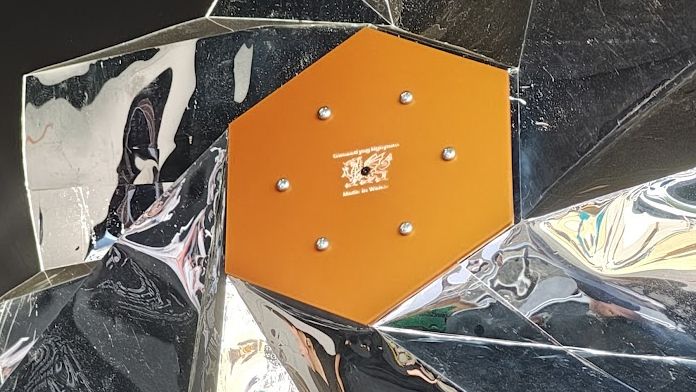The Rise of Space Forge: A Welsh Startup Revolutionizing Semiconductor Manufacturing
At the Goodwood Festival of Speed Future Lab, a quiet corner housed the Welsh startup Space Forge. While most visitors were drawn to the lifelike humanoid robot AMECA, presented by Engineering Arts in partnership with the National Robotarium, Space Forge was quietly making waves with its groundbreaking approach to semiconductor manufacturing.
Space Forge’s work is central to what Goodwood represents—technology in motion—and it’s an exciting development that could reshape the future of electronics and beyond.
The Foundation of Modern Electronics
Every chip found in electronic devices, from robots to smartphones, contains a metalloid, typically silicon. These chips are made from wafers cut from silicon ingots, which are created from a seed. The purity of this seed directly affects the quality of the wafer. Joshua Western, CEO and co-founder of Space Forge, refers to this as ultra-high-quality semiconductor substrates.
This expertise has caught the attention of powerful players in the industry. In May 2025, NATO Innovation Fund led a funding round that included World Fund, Business Business Bank, and NSSIF, injecting around $30 million into the company. For now, the only public customer and investor acknowledged by Space Forge is BT, which sees potential in space-made amplifiers that could reduce cell tower consumption by more than half.
Environmental Impact and Sustainability
If scaled up over a decade, this technology could save approximately 4.3 million tons of CO2 by 2035, equivalent to the emissions of one million ICE cars. This highlights the environmental benefits of producing materials in space, although it comes with unique challenges such as space radiation.
Space as a Manufacturing Powerhouse
In low Earth orbit, the conditions of near-perfect vacuum, microgravity, and near-absolute zero temperatures offer ideal environments for creating purer crystal seeds. Space Forge claims these seeds can be ten times purer than those produced on Earth, leading to semiconductor materials with 100 times fewer defects.
This results in a virtuous cycle: fewer defects mean lower costs, higher efficiency, and better performance. It’s not just about improving existing materials; Space Forge is also exploring new alloys, superalloys, and composites that can’t be made on Earth. The pharmaceutical and food industries stand to benefit as well, with possibilities for improved drug delivery and even in-space meat production.
A Growing Industry with Limited Competition
With only three rivals worldwide, Space Forge is positioned to lead in space-based semiconductor manufacturing. ForgeStar 1, the company’s in-space manufacturing plant, was successfully launched at the end of June 2025. The system is designed to be reusable and sustainable, though it currently produces crystal seeds in the hundreds of grams.
As economies of scale drive down operating costs and competition among private space companies reduces launch costs, Space Forge is poised for growth.
The Future of Space Manufacturing
Western envisions Space Forge as a platform for others to use, similar to Arm’s licensing model. This “Microgravity-as-a-Service” business model allows partners to produce their own materials, whether it’s kombucha, plant seeds, or sourdough starters. This approach could generate sustained revenue and increase market share.
While Space Forge is involved in only four of the hundreds of processes needed to make a chip, the potential for collaboration with major foundries like TSMC, Samsung Foundry, or Global Foundries remains high. Ultra-pure ingots could become a key selling point as traditional lithography methods reach their limits.
Challenges and Opportunities
When asked about the biggest challenge, Western highlighted red tape, a common hurdle for startups. Despite this, the future looks promising for Space Forge as it continues to push the boundaries of what’s possible in space manufacturing.
The journey of Space Forge is just beginning, but its impact on technology, sustainability, and industry could be profound.
